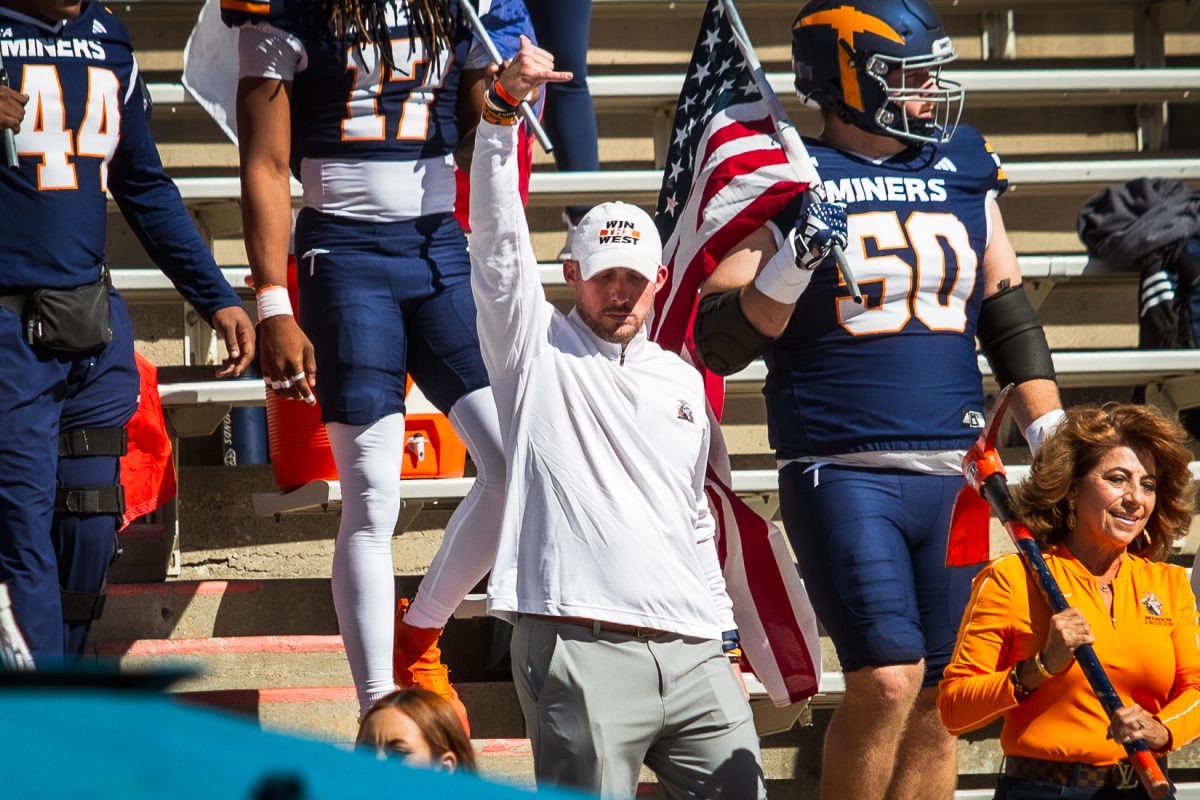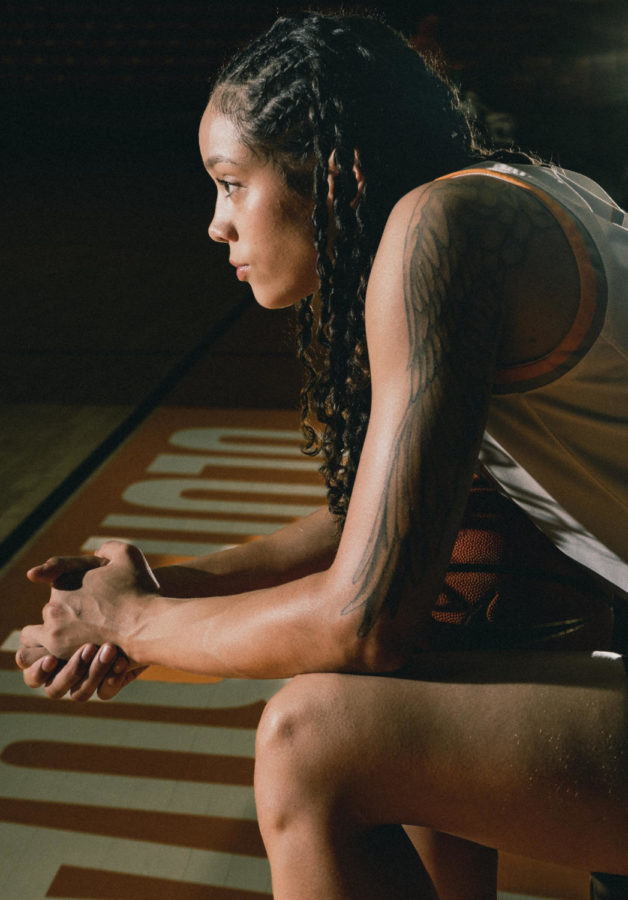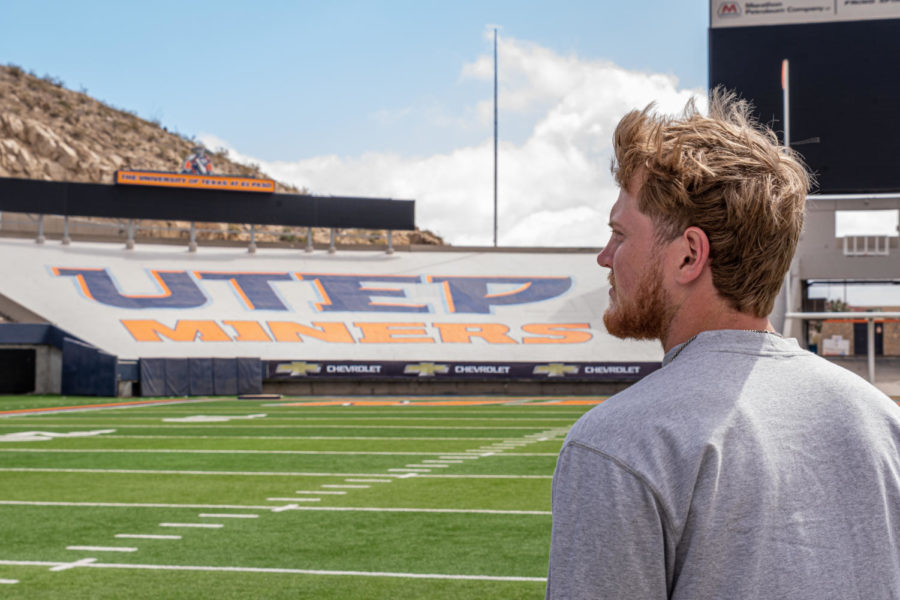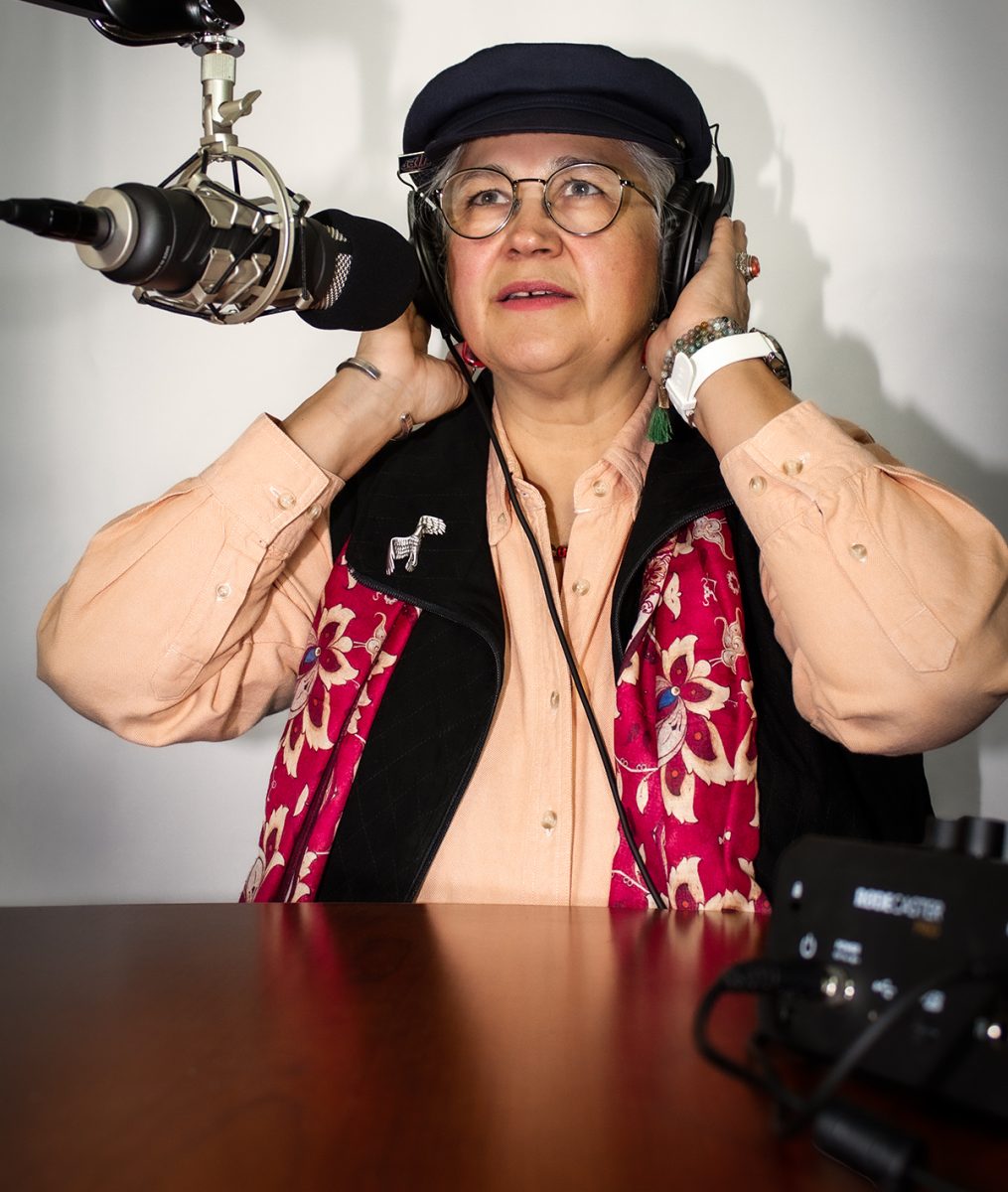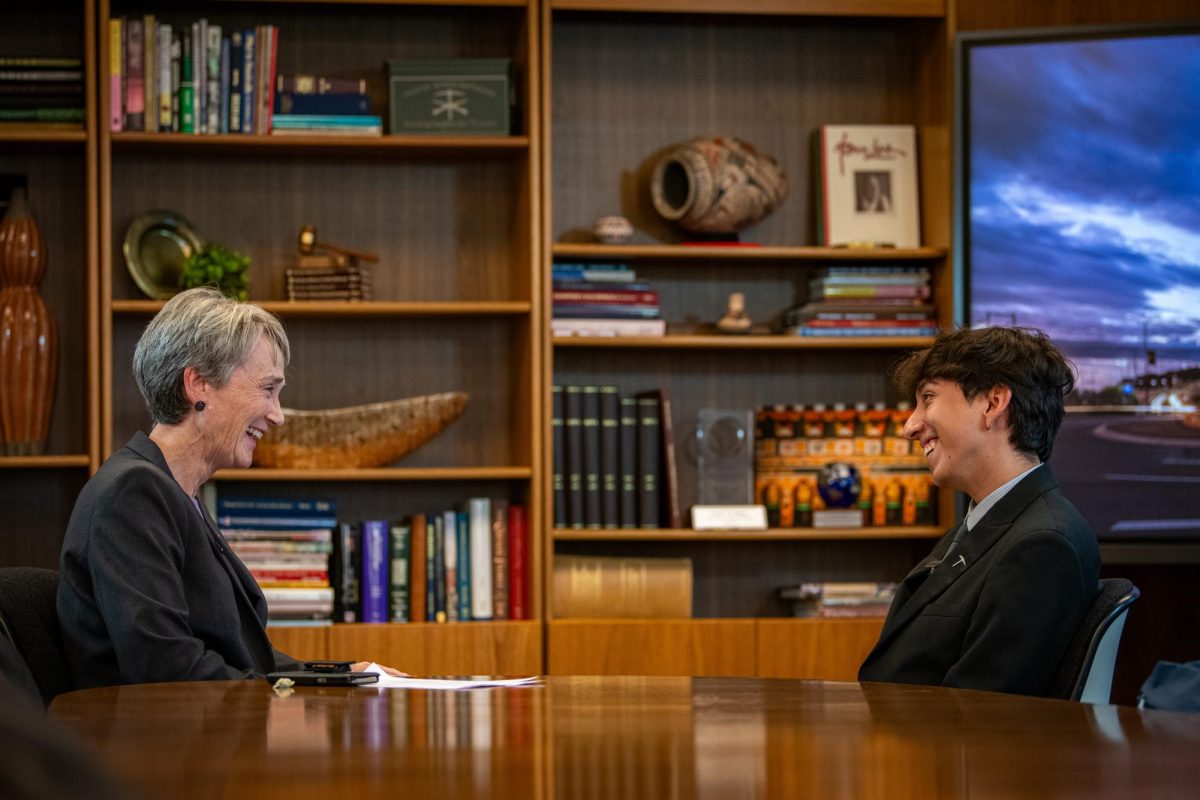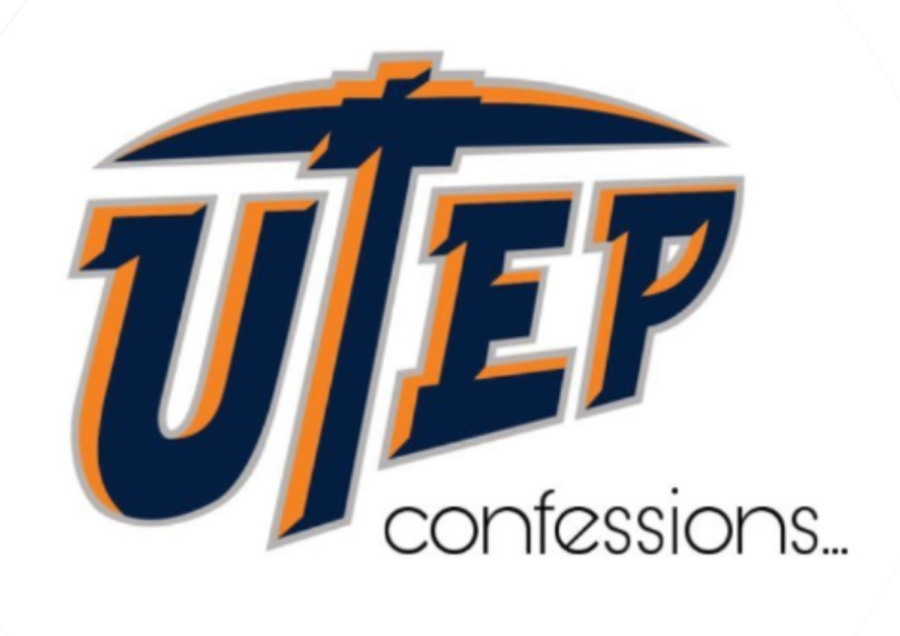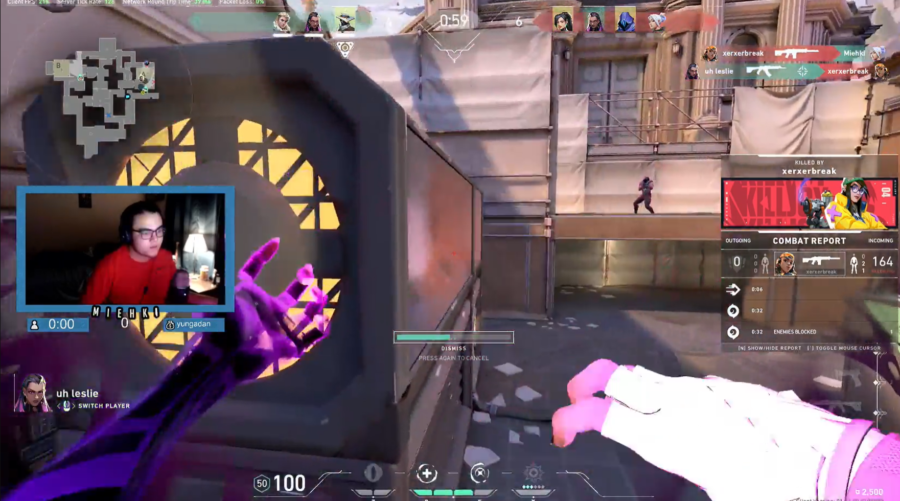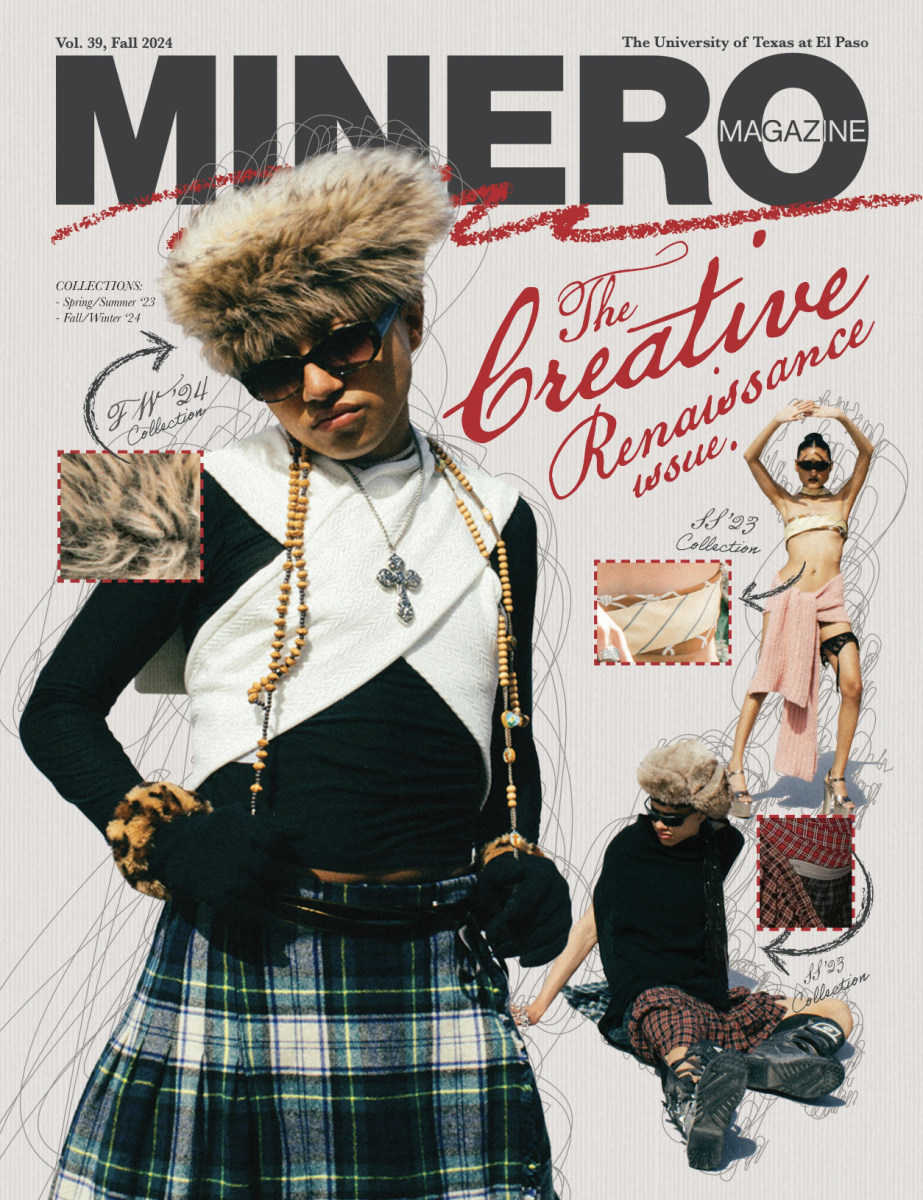Glass Ceiling Foul
February 26, 2011
Female athletes face toughest defender.
Squeaking shoes, grunts and groans, shot clock buzzers and the referee’s whistle fill the air of the Don Haskins Center. A player from a nationally ranked team lets the ball go as the buzzer goes off; the winning shot is made in the final seconds of a critical game, but only a small cheer can be heard for the undefeated home team.
While a couple of thousand fans are spread out across the arena for an NCAA tournament bound women’s team on a good night, a UTEP men’s team, bound for a third-tier postseason tournament, has consistently packed the Haskins Center with a boisterous crowd of more than 6,000 people on a bad night. Although that entire season brought the women’s program, 28-4 in the regular season and 16-0 in Conference-USA, a milestone mark in attendance of 7,255; in comparison, the men’s program (19-14, 8-8 C-USA) lowest regular season crowd was 6,942.
The story for the UTEP women’s basketball team is not an unfamiliar one across the nation. Men’s programs that have a mediocre season have no problem filling up seats, while championship caliber women’s teams struggle to fill just a quarter of the arena. “Why female sports don’t get the attention or fan support men’s teams do is a great question,” says Lee Ana Westman, visiting professor of women’s studies. “The way our society perceives the roles of women plays a big role in this.
Until our society breaks away from that stigma, women will never get the chance to show their talent in front of a large stage.” According to Westman, there are various issues affecting the lack of attendance at women’s sporting events. She said one of the biggest obstacles that women athletes face is the stigma that sports are a man’s world.“Our society as a whole does not see women as athletes,” Westman says. “Sports is a male gender dominated field and that’s because basketball is a sweaty and physical sport, unlike ice skating or tennis. So when it comes to this sport, men don’t want to see women in this light.”
As women’s sports continue to struggle to gain recognition from the public, legislation such as the Title IX of the Education Amendments of 1972 has helped the growth of women’s athletic programs at academic institutions. According to the U.S. Department of Education, “the regulation contains specific provisions governing athletic programs and the awarding of athletic scholarships.” Specifically, the Title IX regulation provides that if an institution operates or sponsors an athletic program, it must provide equal athletic opportunities for members of both sexes.
“Title IX isn’t specific just to sports, but in terms of how it has helped UTEP athletics is that it has given us more opportunities for female athletes with the addition of soccer about 10 years ago and softball five years ago,” says Lisa Campos, senior associate athletic director at UTEP. “So with Title IX, it’s whole purpose is to make sure that the underrepresented sex is not being discriminated.”
Another vital issue is the way women athletes are perceived in the media. Westman points out that when a successful female athlete is profiled in the media.“Even when a woman is celebrated for her athletic achievements and is featured in magazines or on television, the focus of the story is on what she does off the court,” Westman says. “You see successful women athletes on the front cover and they are in revealing outfits and in provocative poses, while when a man is on the cover, they usually are doing something related to their sport.” Beau Bagley, assistant sports director at NBC affiliate KTSM, says the station tries to give equal coverage to both men’s and women’s sports.
“The UTEP men’s basketball team has had a large and more substantial history in terms of their program than the women’s program has done, so the men’s team has more support due to that history,” Bagley says. “What we try to do is give both of them equal coverage, but sometimes it is difficult because of the notoriety of the men’s team.”
Ismael Legarreta, avid supporter of UTEP athletics, says one of the biggest obstacles UTEP women’s sports face is the lack of support from the business community. “I equate the nonsupport from the business community as a major issue for women’s sports. The businesses see no attendance; therefore there is minimal support,” Legarreta says. “The university needs to stand up and challenge the community in a positive way. When the community wants to welcome a new men’s basketball coach and yet not support a women’s sport in the same manner and to the same extent, i.e. Orange Week, something is not right.”
According to Campos, while the city of El Paso has supported the women’s team, it is nowhere near as much as the men’s team. She believe that getting the word out about the team and getting fans to at least one game will help them see that the women’s team deserves the same support as the men’s team.“We (UTEP Athletics) need to continue to publicize and promote the team more, so fans will come out to see them,” Campos says.
The 2010-11 season marks Keitha Adams’ 10th year as head coach of the women’s basketball team. Under Adams’ helm, the Miners have more than 90 victories since the 2006-2007 season with four winning campaigns.“The big thing I want to say is that supporting UTEP athletics and our student athletes is very important regardless of what team. If you are a UTEP Miner, you are a UTEP Miner,” Adams says. “I think the thing that is neat is that the fans that come to our games have a great and unique experience and really enjoy it.”
One of the greatest highlights in Adams’ decade was winning the C-USA regular season championship, being nationally ranked and advancing to the second round of the 2007- 2008 NCAA Women’s Basketball Tournament. That year’s squad tied legendary coach Don Haskins’ 1966 UTEP Men’s National Championship team for most wins in a season in school history.
Mona Gomez, season ticket holder for both the men’s and women’s teams, said that in order for women to get the respect they deserve, fans need to give them at least one chance to show off their talents and abilities before writing them off. “When it comes to sports, men are the number one fans. When it comes to seeing women play, most men don’t give women credit for their abilities,” Gomez said. “We had to drag our friend out to see the girls play basketball at UTEP, then he was hooked on how the game has changed and how the girls are tough and good athletes.”
// EN BREVE
Una noche en el Don Haskins Center, la jugadora de un equipo clasificado nacionalmente suelta el balón cuando el timbre del reloj se apaga; en los últimos segundos de un juego reñido ha anotado el tiro ganador, el equipo de casa sigue invicto pero sólo se escucha una pequeña ovación. Mientras apenas un par de miles de fanáticos acuden a apoyar a su equipo en un partido femenil del campeonato NCAA en una buena noche, el equipo masculino de UTEP llena regularmente el Haskins Center con una multitud de 6,000 personas en una mala noche.
Para Lee Ana Westman, profesora de estudios de la mujer, la sociedad no ve a las mujeres como atletas y definitivamente los deportes están dominados por los hombres. Esto explica porque aunque un equipo femenino tenga más o los mismos logros que el equipo masculino, el apoyo siempre será mayor para éste último.
La temporada 2010-2011 marca el décimo año de Keitha Adams como entrenadora del equipo femenil de basquetbol de UTEP. Ella ha llevado a las mineras al éxito, con más de 90 victorias desde la temporada 2006-2007. En cuatro campañas, el equipo ha igualado las victorias obtenidas de 1978 al 2003. También han creado un pequeño pero dedicado grupo de seguidores en El Paso.
Según Lisa Campos, directora asociada de deportes en UTEP, la ciudad de El Paso ha apoyado al equipo femenil, pero este apoyo no se acerca al que recibe el equipo masculino. Necesitamos seguir promocionando al equipo. Una vez que las vean, se darán cuenta de lo duro que trabajan, de su talento y van a regresar a verlas jugar otra vez.











